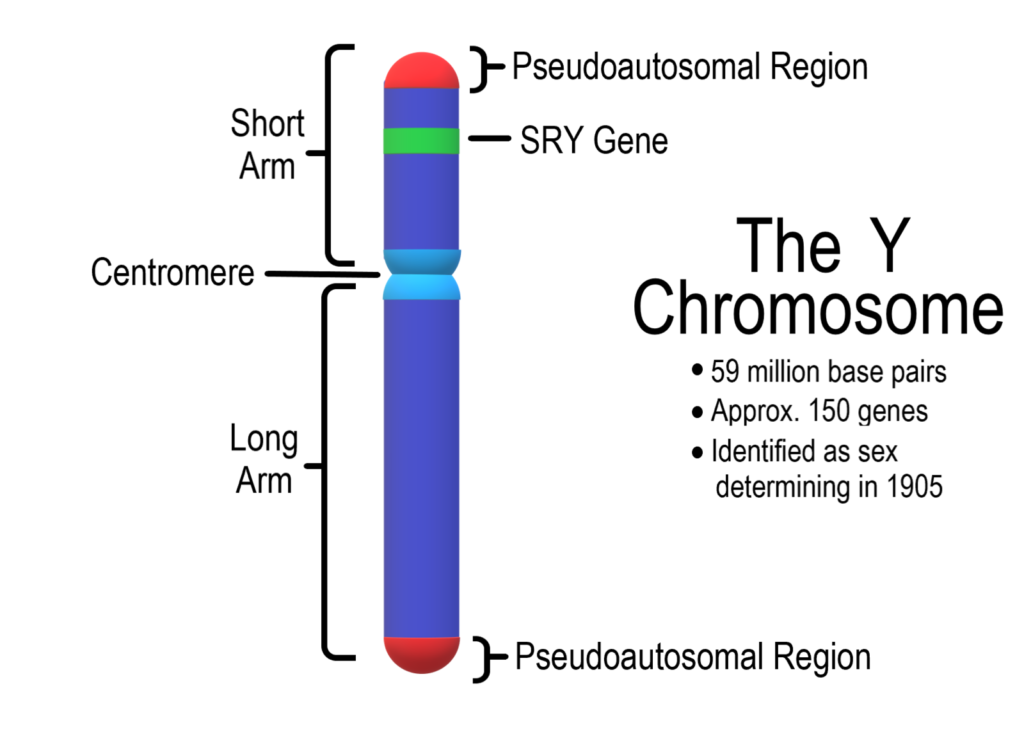Table of Contents
Sex Chromosomes
Humans have 23 pairs of chromosomes. The first 22 pairs are called autosomes. The 23rd pair is the sex chromosomes. There are two types of sex chromosomes in humans: the large X chromosome and the much smaller Y chromosome.
For the most part, mammals have gender determined by the presence of the Y chromosome. This chromosome is gene poor and a specific area called sex determining region on Y (SRY) is responsible for the initiation of the male sex determination. The X-chromosome is rich in genes while the Y-chromosome is a gene desert. The presence of an X-chromosome is absolutely necessary to produce a viable life form and the default gender of mammals is traditionally female.
Chromosomal painting techniques can reveal the gender origin of mammalian cells. By using fluorescent marker sequences that can hybridize specifically to X or Y chromosomes through fluorescence in situ hybridization (FISH), gender can be identified in cells.
Sex Linked Genes
The X and Y chromosomes contain genes for traits that are unrelated to sex. Any gene found on the sex chromosomes is called a sex linked gene. In humans, the X chromosome contains the majority of known sex linked genes due to its large size.
Inheritance
Sex linked genes have specific patterns of inheritance. In females (XX), the pattern is similar to that of traditional Mendelian inheritance. If the condition is recessive, females must inherit two X chromosomes that possess the recessive allele to be affected. Females who are heterozygous (one recessive X and one dominant X) are called carriers. They are often not affected by the condition but are able to pass the recessive allele to their children.
Sex linked conditions are much more common in males than in females. Males only inherit one X chromosome so they cannot cancel a recessive X with a dominant X. Inheriting one copy of the recessive allele results in a male that is affected by the condition.

The image above shows three examples of inheritance of a recessive sex linked condition. In the first Punnett square, the mother is a carrier (XAXa) and the father is unaffected. This pairing results in a 50% chance of having an affected son.
The second Punnett square shows a carrier mother and an affected father. Now, there is a 50% chance of an affected daughter and a 50% chance of an affected son.
The final Punnett square shows an unaffected mother and an affected father. Note that none of the children are affected even though their father is. This result occurs because the father donates his affected Xa chromosome only to his daughters where it is cancelled by their mother’s unaffected XA. The sons only inherit XA from their mother.






